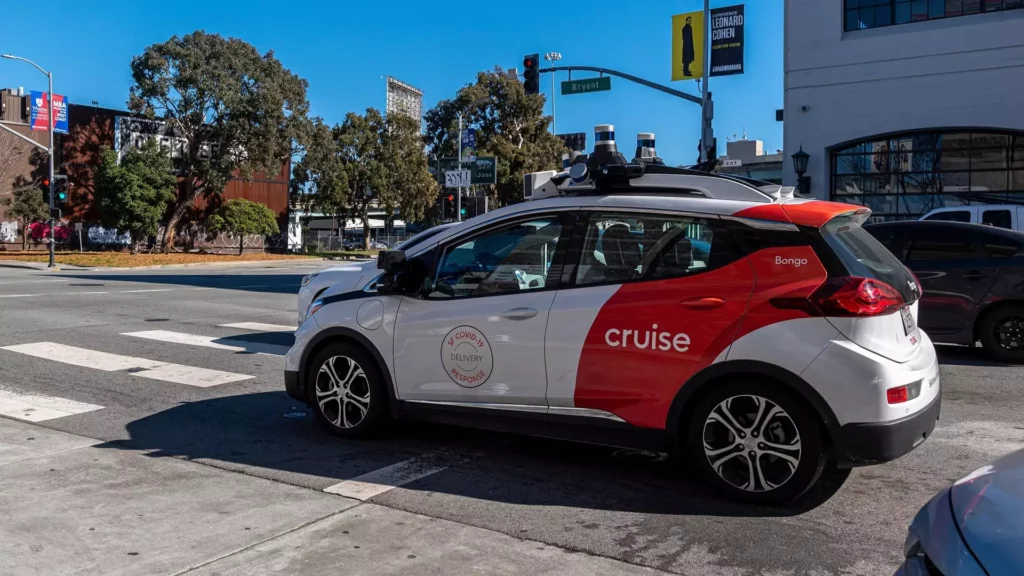![]()
General Motors’ Cruise self-driving vehicle unit is gearing up to redeploy cars on U.S. roadways for the first time since October. This relaunch will begin with a small fleet of human-driven vehicles in Phoenix, marking a pivotal moment for the company. The decision to redeploy the vehicles comes after operations were halted in the aftermath of a tragic accident in San Francisco, where a pedestrian was struck and dragged by a Cruise robotaxi.
The redeployed vehicles will not resume their previous roles as robotaxis, but will instead focus on creating maps and gathering road information in select cities, starting with Phoenix. Cruise emphasizes that its primary goal is to resume driverless operations, although no specific timeline has been provided for this transition. The company has also refrained from announcing when human-driven vehicles will be expanded to other cities. This cautious approach reflects Cruise’s commitment to rebuilding trust with regulators and the communities it serves.
In a blog post, Cruise acknowledged the need to pause operations in order to focus on safety and trust-building efforts. The company has made significant progress under new leadership and with input from third-party experts. A key aspect of Cruise’s improvement strategy is to forge closer partnerships with the communities in which its vehicles operate. This shift in approach is seen as a crucial step towards achieving its driverless mission.
An independent probe commissioned by GM and Cruise identified culture issues, ineptitude, and poor leadership as contributing factors to regulatory oversights that led to the October accident. While allegations of a coverup by Cruise leadership were investigated, no evidence was found to support these claims. Cruise has expressed acceptance of the probe’s findings and is committed to acting on all recommendations. The company is fully cooperating with investigations by state and federal agencies following the accident.
Prior to the accident, Cruise had ambitious plans for expanding its fleet of robotaxis beyond its home market. However, the fallout from the accident led to significant changes in leadership, with the resignation of co-founders, including CEO Kyle Vogt, and the ousting of nine other leaders. Additionally, Cruise made the difficult decision to lay off 24% of its workforce along with a round of contractors. These organizational changes reflect a renewed focus on safety, compliance, and rebuilding trust with stakeholders.
The redeployment of human-driven vehicles by Cruise represents a critical step towards restarting its self-driving operations. The company’s commitment to safety, transparency, and continuous improvement will be instrumental in regaining the trust of regulators and the public. While challenges lie ahead, Cruise is determined to learn from past mistakes, address any shortcomings, and forge ahead on its mission to develop safe and reliable autonomous vehicles.

Leave a Reply